A garden would be bare if there are no greens in it. Yes, I’m talking about the art of green. Hostas or Plantain Lilies are the missing pieces in the art of your garden.
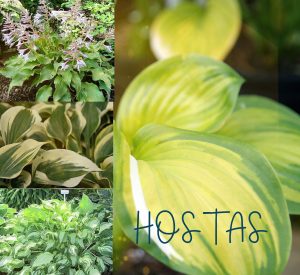
A family of plants ordinarily known as hostas, plantain Lilies and at times by the Japanese name “giboshi”.
Plantain Lilies are created as shade-tolerant foliage plants. The sort is directly placed in the family Asparagaceae, subfamily Agavoideae, and is nearby to upper east Asia (China, Japan, Korea, and the Russian Far East).
What should I do during fall
Cut back the rest of the greenery on hostas after it has kicked the basin back in fall (October or early November) in waterfront regions and up to a month sooner inland. In spite of the way that it would not hurt the plant to leave wilted foliage on the plant, the foliage gives slugs, weevils, and organized rodents a supportive safe house until spring.
This video explains why fall is the best planting time for a fruitful garden of Hostas.
How to plant Hostas
- Buy hostas as dormant, uncovered root divisions or pruned plants in the spring.
- Set the plants with the crown even with the encompassing soil and the developing tips noticeable at the dirt surface.
- If purchasing pruned hostas, plant them at a similar soil level as in the pot.
- Gently hose the dirt around the plants and water until the dirt is sodden/moist.
What are the top best hostas (mostly for gardeners)?
With such a large variety of extraordinary hosta to look over, making a list of ten top picks ended up being an overwhelming assignment. As I walked my nurseries, such a large number of hostas caught my attention and decided for a position on our preference.
1.) Hosta “Queen of the seas” 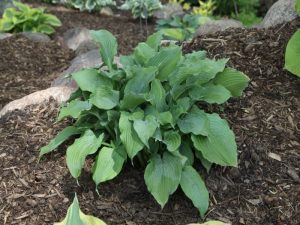
You can see a lovely building bunch of blue-dark leaves, profoundly ribbed with pie outside layer edges. Stunning as it spreads out in spring and a telling nearness throughout the entire season. This huge selection is a head-turner in the obscure nursery with its tall, upstanding structure and blue-green, heart-molded, wavy-edged leaves.
2.) Hosta “Liberty” 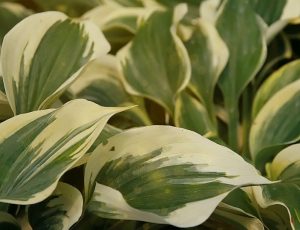
This hosta has Dark blue-green leaves with a wide edge of the brilliant yellow. For instance, its size, splendid variegation, and structure make it a stunning plant that is a point of convergence in any greenhouse. Also, it’s ideal for the shade gardens, blended with different perennials. Moreover, it’s best for small and large gardens which is a good way to take away stress.
3.) Hosta “Guacamole” 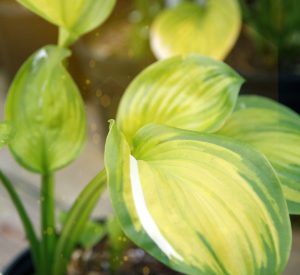
Its green-edged chartreuse leaves have a smooth sparkle that makes them look springtime crisp all through the developing season. The second: its huge flowers are fragrant! Additionally, this hosta is a quick grower and can take a lot of sunlight.
A fast grower that showcases great sun resistance and exhibits greater sun tolerance. Hostas are very easy to propagate through division because you can do it at any time during the growing season with little or no effect on the growth of the parent plant.
4.) Hosta “Allegan Fog”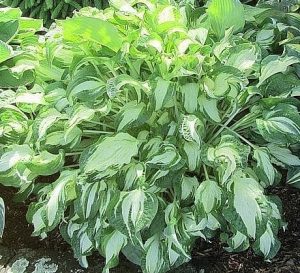
Tenderly rippled leaves with a bent tip and variegation that changes as the season changes. The leaves are sporadically margined with dull green; the focuses are white in spring, changing to light green spotted and clouded with darker green. Hosta ‘Allegan Fog’ is a medium Hosta that has lavender flowers and develops into equal parts shade. There is a slight groove between the edge and focal point of the leaf giving the leaf a sewed appearance. The white focuses of ‘Allegan Fog’ are dotted with green giving the leaves a foggy appearance.
5.) Hosta “Little Miss Magic” 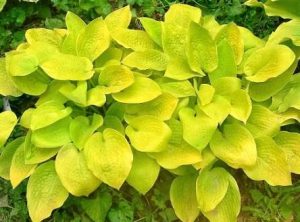
The spring leaves of this little excellence are brilliant yellow! Add to that the spear molded type of its undulated leaves, and you have garden flawlessness.
Hosta ‘Little Miss Magic’ is a little medium Hosta that has lavender flowers and develops down the middle shade/conceals. The tallness is 25 to 30 cm and the development is medium.
6.) Hosta ‘Duke of Cornwall 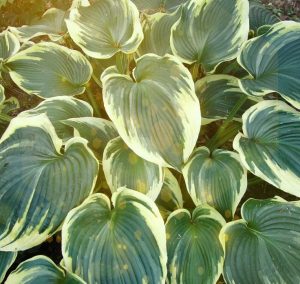
These huge, heart-formed dull green/blue leaves have a wide, feathered light green edge in spring.
It forms a huge hill of yellow-margined and blue-green-focused foliage that is very slug safe.
Likely, its close white flowers open on scapes. So whenever I see a Duke of Cornwall, it reminds me of a perfect art shading of colors from darker green and white colors.
7.) Hosta “Shade Fanfare” 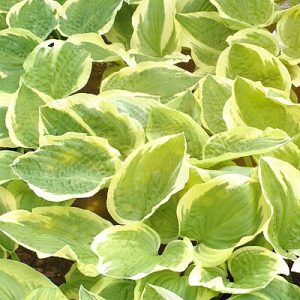
You can witness the apple green heart-formed leaves have wide velvety edges and a pointy tip. I am constantly attracted to hostas in which the leaf surface is somewhat diviner suckered.
You will notice that plants structure a solid hill of foliage which beat with lily-like flowers. This medium-sized choice has lime-green leaves with a keen white to smooth yellow edge. This is why it is easily separated in either spring or fall. Yet plants might be disregarded for quite a long time.
8.) Hosta “Raspberry Sorbet” 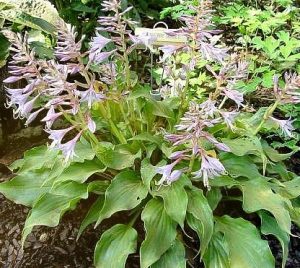
Dark green leaves are extremely shiny, and twisted, with petioles streaked with red. Its bloom scapes don’t rise straight up from the middle as in different hostas, yet rise at a point separated all around the plant.
Easily developed inequitably damp, naturally rich, well-depleted soils to a limited extent shade to full shade. Water is best applied legitimately to the soil underneath the leaves.
9.) Hosta “Little Ann” 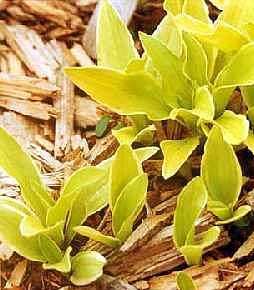
This sweet little hosta is a spreading type, with brilliant foliage and a restricted cream edge. It is valuable as an underplanting for upstanding hosta and at the front of the fringe.
“Small but elegant”, this is how I see it. You can put this hosta on sides of the designed garden for better enhancement.
The quality of this hosta differs on how you take care of them. Similarly, it may be challenging to sow this miniature plant but it’s worth it.
How to take care of Hostas
- Apply a well-adjusted, moderate discharge compost in the wake of planting or when development rises in the spring.
- The most significant thing here is to keep the dirt sodden/moist yet NOT wet. Also, remember to expel or to take away flower stalks after sprout to encourage new development.
- Clean up around the plants and expel darker leaves in the tumble to help control ailments and slugs.
- Transplant and isolation are best done in late winter when the leaves simply start to develop.
Are you looking for Plantain Lilies? Visit Far West Turf & Nursery in Woodland, Washington. We have various numbers of Hostas in SW Washington that you can choose from.









